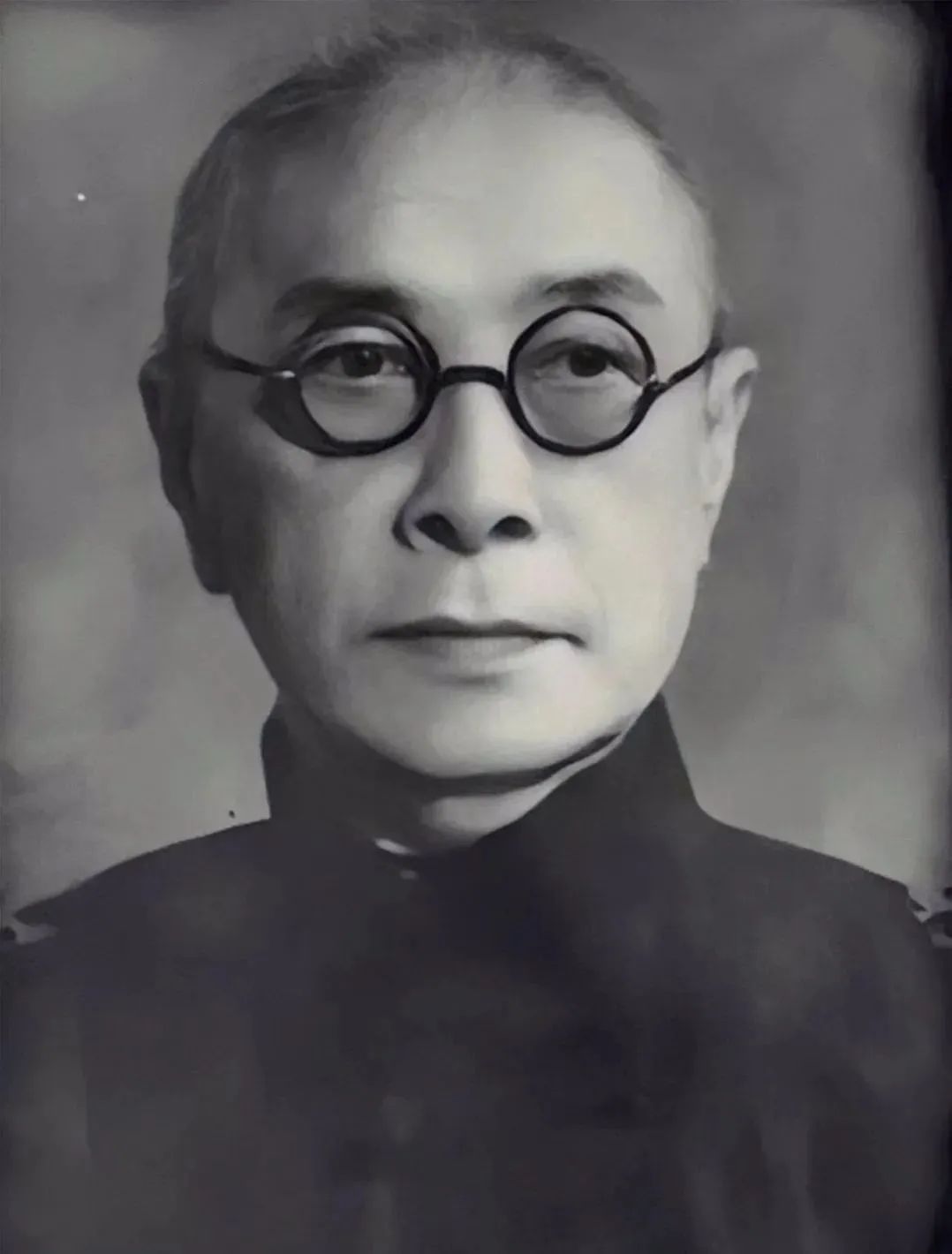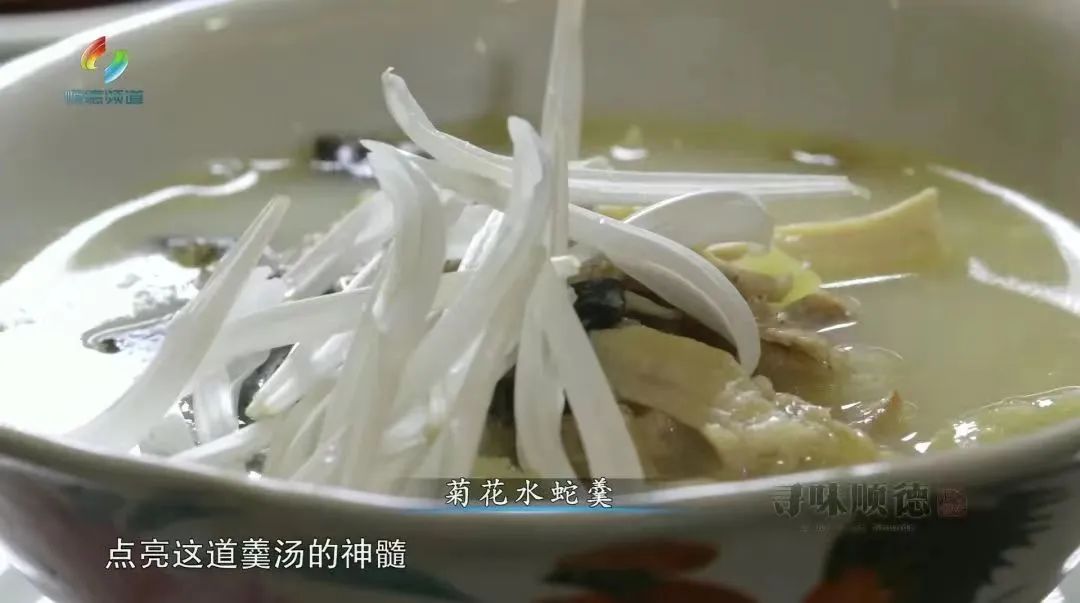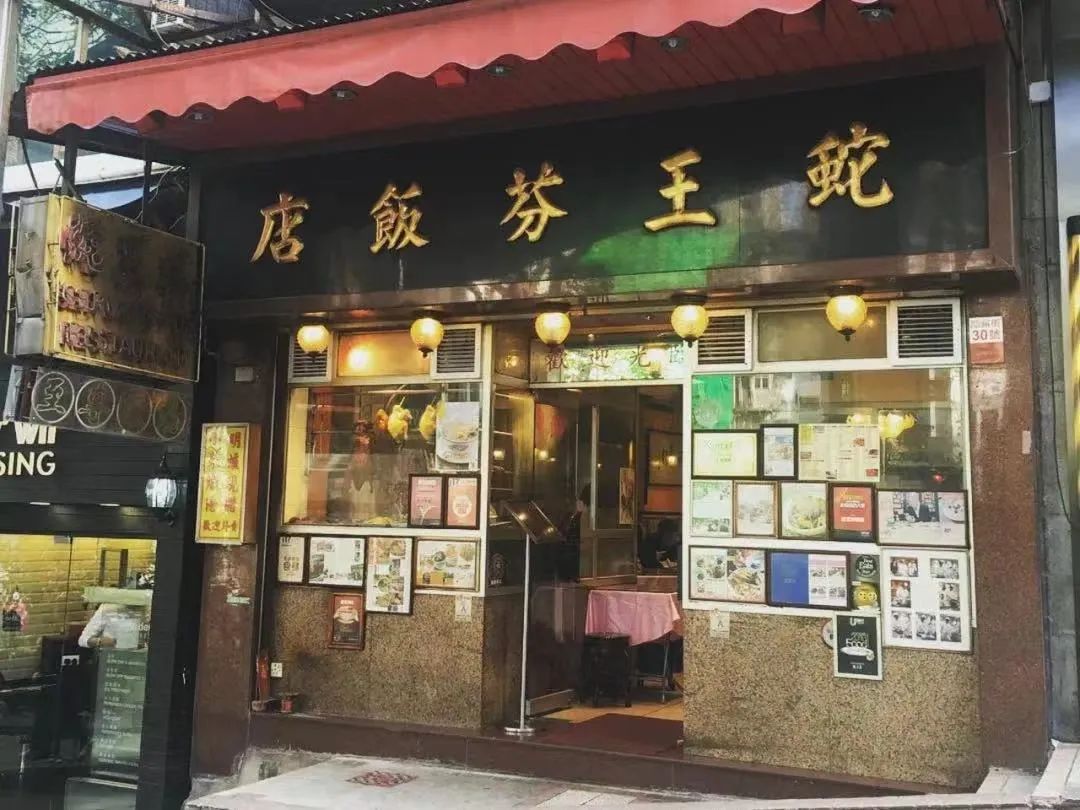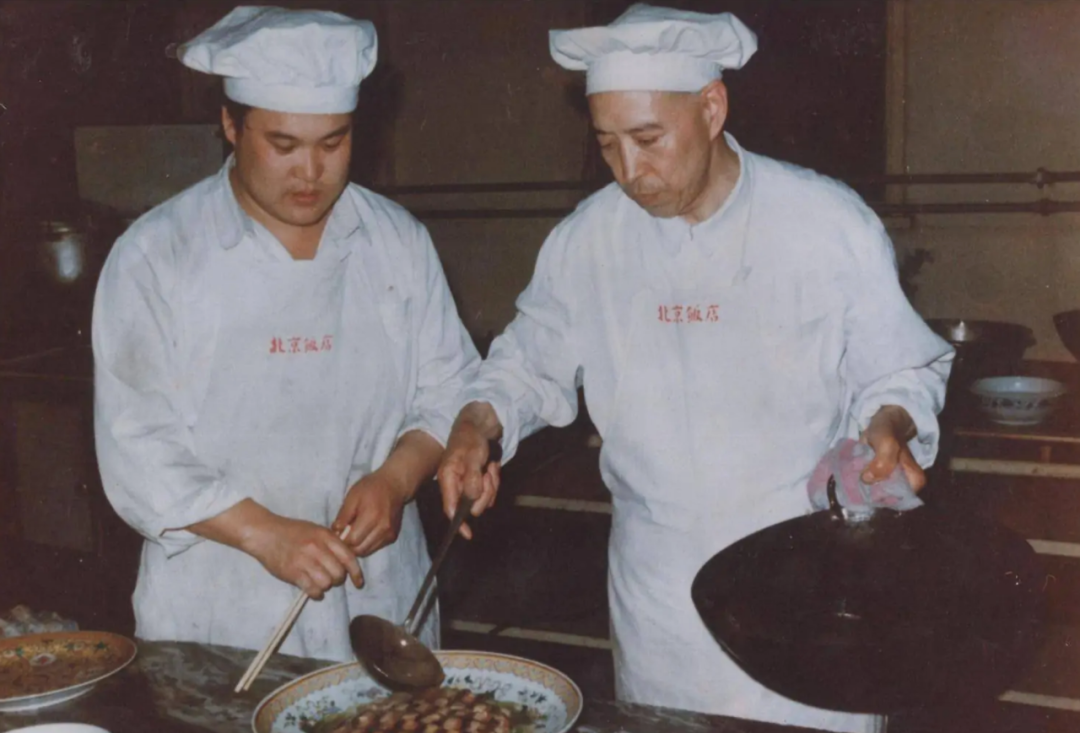What exactly does "eat in Guangzhou"?
Author:Flavor planet Time:2022.08.22


During the Republic of China, in the famous Shanghai magazine "Vientiane", an article named "Ji Lai Chi Bay" was included, which used the extreme beauty to recall the shuttle boats on the Litchi Bay and sold fruit porridge on the Litchi Bay. The author of the pseudonym "Haobo" said when describing the porridge sold on the boat:
If it wasn't for the inconvenience of the road, it may not be able to live up to life.

*"Good Weifi Guangzhou" 味
Uh ... odor, boat porridge, do not live up to a lifetime? Partners in the Greater Bay Area may have to grab their heads -Isn't this a regular breakfast? As for!
But you see, this is the difference between the taste of the north and the south. Half a century ago, most northerners' concepts of "porridge" were pure millet and pure corn sticks. At most, they added more beans and japonica rice. The porridge with fish and shrimp, pork, and fresh water in Guangzhou was considered "heresy". Zhou Songfang, the author of this book recommended by "Flame World" today: No matter how good your diet in Guangzhou is, outsiders are also difficult to recognize -he can't eat it!

Bleak
The porridge in Guangzhou generally needs to be added with ingredients such as fish and shrimp, balls and other ingredients
*"Good Weifi Guangzhou"
So Zhou Songfang was curious: If the difference between North and South is so obvious, how does the phrase "eat in Guangzhou" be recognized?
Zhou Songfang is a doctor of literature and an expert in ancient Chinese literature. He found that in the middle of the Qing Dynasty, in the traceable text records, the diet description in the Guangyue area was mainly "hunting". Unless it was a local writer, there were few positive descriptions in the outside world. He loved to eat a survey of "eating in Guangzhou", and was out of control. He published a large number of books on Lingnan diet.
What I recommend to you today is one of the "Taste of the Republic of China: The Golden period of Lingnan Food". We also use this book to trace the phrase "eating in Guangzhou".


A place that once known for "eating strange", if you want to get a larger scope of recognition, you need to have deep enough cultural support. In Zhou Songfang's view, the cultural source of "eating in Guangzhou" is the famous Taishi Banquet (we have introduced it) and Tan Jiacai.
"Tai Shi Jiang Kong Yin has the family of tea giant businessmen, and has long represented British and American tobacco." The economic foundation determines the upper -level building. Like freehand drawings, I am out of the way, and I am surprisingly made of some ways, and then call the kitchen under the door to repeatedly experimented until the taste of its imagination--

Jiang Kongyin
*
This is what the merchants cannot do, and they dare not and do not want to do it. "
Take the famous Tai Shi snake ravioli, for example, first use the four snakes to be equipped with bamboo cane tension, first boil the essence, and then mix the chicken soup made of old chicken ham. After the soup is made, all bone residues are abandoned, and the new mixed broth is scalded with fresh fresh water snake meat. At this time, the snake meat, tender tender teeth, the same cooked abalone, chicken, mushrooms, flower glue, winter bamboo shoots into hair -like filaments together, adding thin soup. Finally, sprinkle the thin lemon green leaves, white chrysanthemum petals and crispy.

*"Looking for Shunde"
The combination of fragrance, elegant, crispy, crispy, smooth, and wild, and unable to stop, only talents such as Jiang Kongyin may imagine. In addition, Jiang Tai Shi does not take profit, just to eat and drink friends, so that at that time, the government and business community at that time. Raise a bowl of words.

Hong Kong Old Snake Store
*Joint Publishing Group
Although it is no longer encouraging food such as snake ravioli today, Jiang Tai Shi's imagination and status of Cantonese cuisine was really raised.

Jiang Tai's granddaughter Jiang Xianzhu's re -engraved Taishi cuisine furry
*Peninsula convenience store
Another representative is Tanjia cuisine in Beijing. Tan Ying's grandfather Tan Ying is the proud student of a generation of Confucian master Ruan Yuan. His father Tan Zongjun is also the same. At first, the food was only to give himself a "Xiyuan Yaji" to help him. Gradually let Cantonese cuisine get fame and recognition in this place "I don't know how big officials are".
Bleak

Baidu Encyclopedia
"The three generations of the rich and the rich", in Zhou Songfang's view, the diet in a place reaches the realm of Yangchun Baixue. The most difficult thing is actually the supreme imagination based on cultural heritage. The reason why "eating in Guangzhou" can be recognized later is that it has a diet threshold that has a long -sufficient diet.

After the Opium War in 1840, China opened five places in Guangzhou, Xiamen, Fuzhou, Ningbo, and Shanghai to allow foreigners to do business and live freely. However, because the British suffered the resistance of the local people in Guangzhou, they were in Shanghai.
"After the opening of the five -port business port, Shanghai quickly became the Far East International Trade Center. With a sensitive sense of business, people also swarmed to Shanghai. On the one hand, they filled a large number of vacancies of acquired business. The mansion increased to 40,000 to 500,000. "

The regional culture brought in by the Guangdong people also remitted into the Shanghai melting furnace, an important element in the sea -faction immigration culture. For example, in architecture, there is a "riding building" on Jinling Road
*Shanghai Laozi
How to solve the nostalgia of Guangfu, who came to Shanghai to do business? Eat!
So from the teahouse snacks to high -end private chefs, the Cantonese cuisine restaurant has sprung up in Shanghai, and Shanghai also helped the promotion of Cantonese cuisine because of the forefront of cultural exchanges at that time.

The Cantonese Museum on the streets of Shanghai last century*delicious
At that time, the most famous was Guansheng Garden, which is still a well -known brand in Shanghai, and the restaurant "Xinya", which is no longer existing.
He Guansheng was originally from Foshan. He came to Shanghai at the age of 15 and learned to make snacks at the Cantonese -style teahouse of relatives' house. After the apprentice period expired, he borrowed money to open a shop, learned the name of the Guansheng Garden in Hong Kong, and named the shop named Guansheng Garden as a Cantonese snack. Like the Cantonese -style moon cakes in the early years, Chen Pie Meizi, the Shanghai people recognized the Guansheng Garden.
If the Guanshengyuan is a popular popular science, Xinya is the benchmark of high -end Cantonese cuisine -its pursuit of quality makes the founders of Jinjiang Hotel sigh.

Early Xinya Cantonese Restaurant Interior

*Documentary channel
Take the clear fried river shrimp, for example, each of the ten yuan is not expensive, but the shrimp used is "the water shrimp near the water mouth of the water company, the water quality is guaranteed, and the head must be only big. If you become worse, you will change from northern Jiangsu to collect the green shell firewood shrimp. " The cost of this kind of shrimp peeling shrimp and shrimp was never seen before. "The most unique move was for a period of time after the Anti -Japanese War, and the American Flying Tigers had repeatedly transported ham and cantaloupe from Yunnan, Xinjiang and other places."
*Amoy the most kitchen

Therefore, the magazine such as "Xindu Weekly" evaluated the restaurant of Xinya, all of which said that it was "not the most expensive, just seeking the best" character. The quality requirements here have also promoted the common progress of the Shanghai Cancai Museum of Shanghai. In today's words, it is "rolled up."
Therefore, the literati who traveled to Shanghai, whether it was north or south, felt the beauty of Cantonese cuisine in Shanghai. Through their words, Cantonese cuisine came out of Guangzhou, out of Shanghai, and moved to the hearts of more diners across the country.
*"Take a city to wine" Guangzhou Station

Speaking of the transmission of the concept of "Eat in Guangzhou".

In Dr. Zhou Songfang's view, "Eat in Guangzhou" originated from the Taishi Banquet. Tan Jiacai, a high -end Cantonese cuisine with cultural accumulation. The creativity of these people affects the bosses of the restaurants in various places. Cantonese cognition.
*"Looking for Shunde"

On the eve of the War of Resistance Against Japan, Shanghai became the core of the national cultural communication. Here, literati and famous people from all over the country have emerged endlessly. The Cantonese Museum has become a place of communication with these thoughts, and it has also triggered more people's curiosity about Cantonese cuisine.
Cantonese cuisine also conquered Shanghai Beach because of its flexibility, and also set off from Shanghai to more places across the country.
*"Take a city to wine" Guangzhou Station

Author: Mei Shanshan
Capture: flavor king
Head map: "Take a city into a city"
- END -
Come to Ping Luo, taste the non -heritage on the tip of the tongue

Follow Lei to find food every ThursdayCome here this time, eat non -heritage food!...
On July 7th of the lunar calendar, "Daughter's Day", this "women's soup" remember to eat, clean and dry, and go to autumn smoothly

On July 7th of the lunar calendar, Women's Soup remember to eat, clean and dry, an...